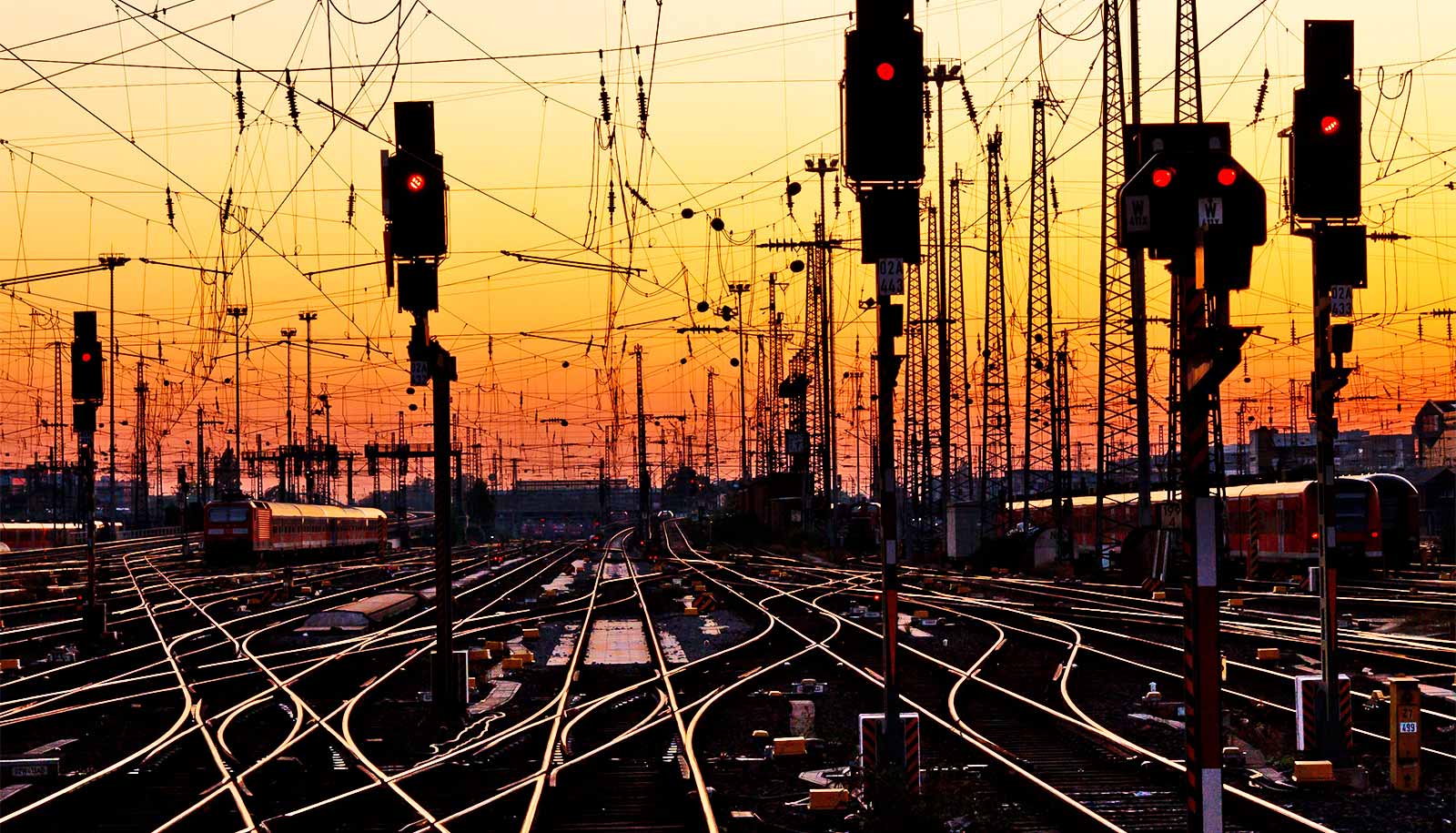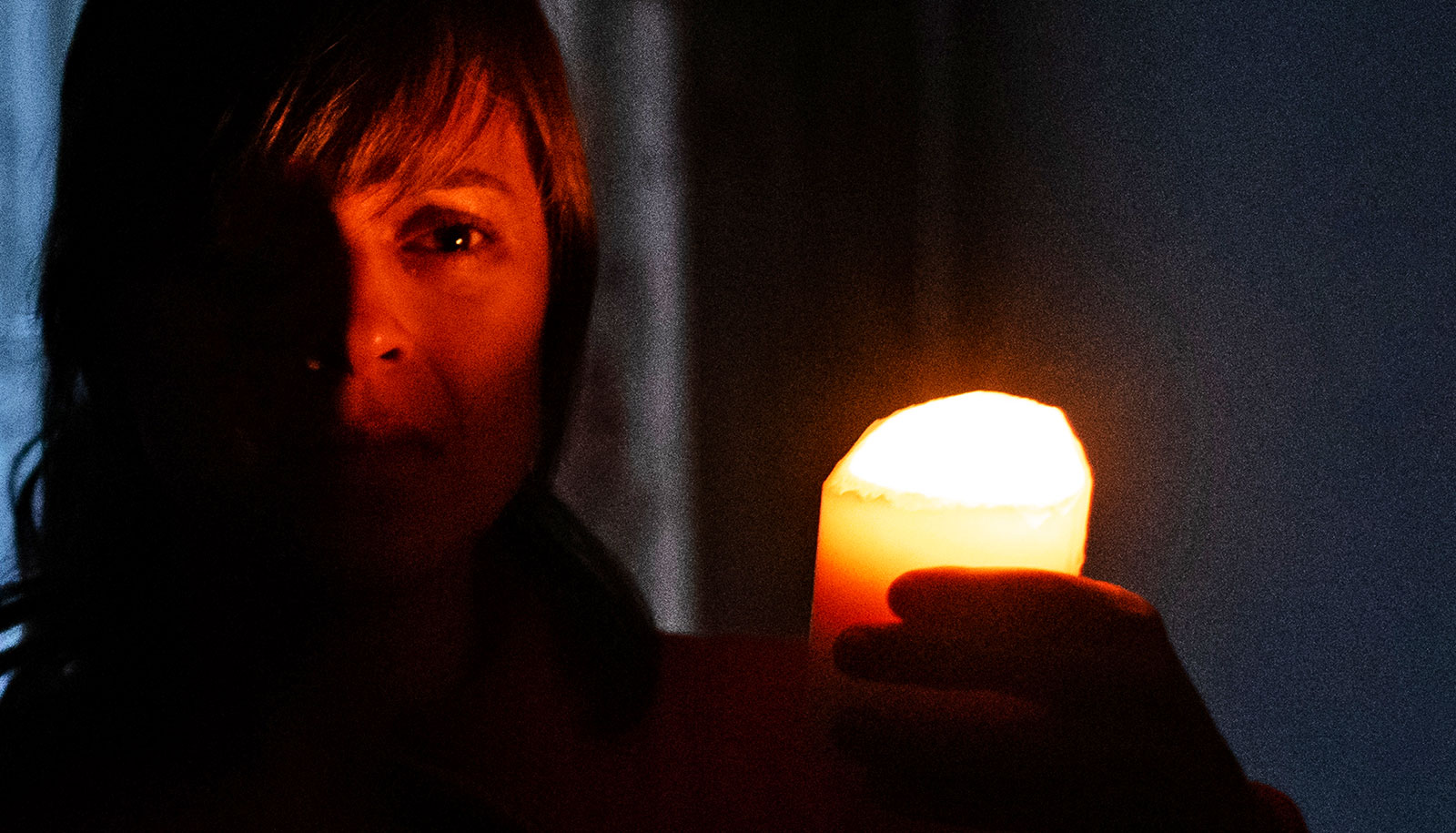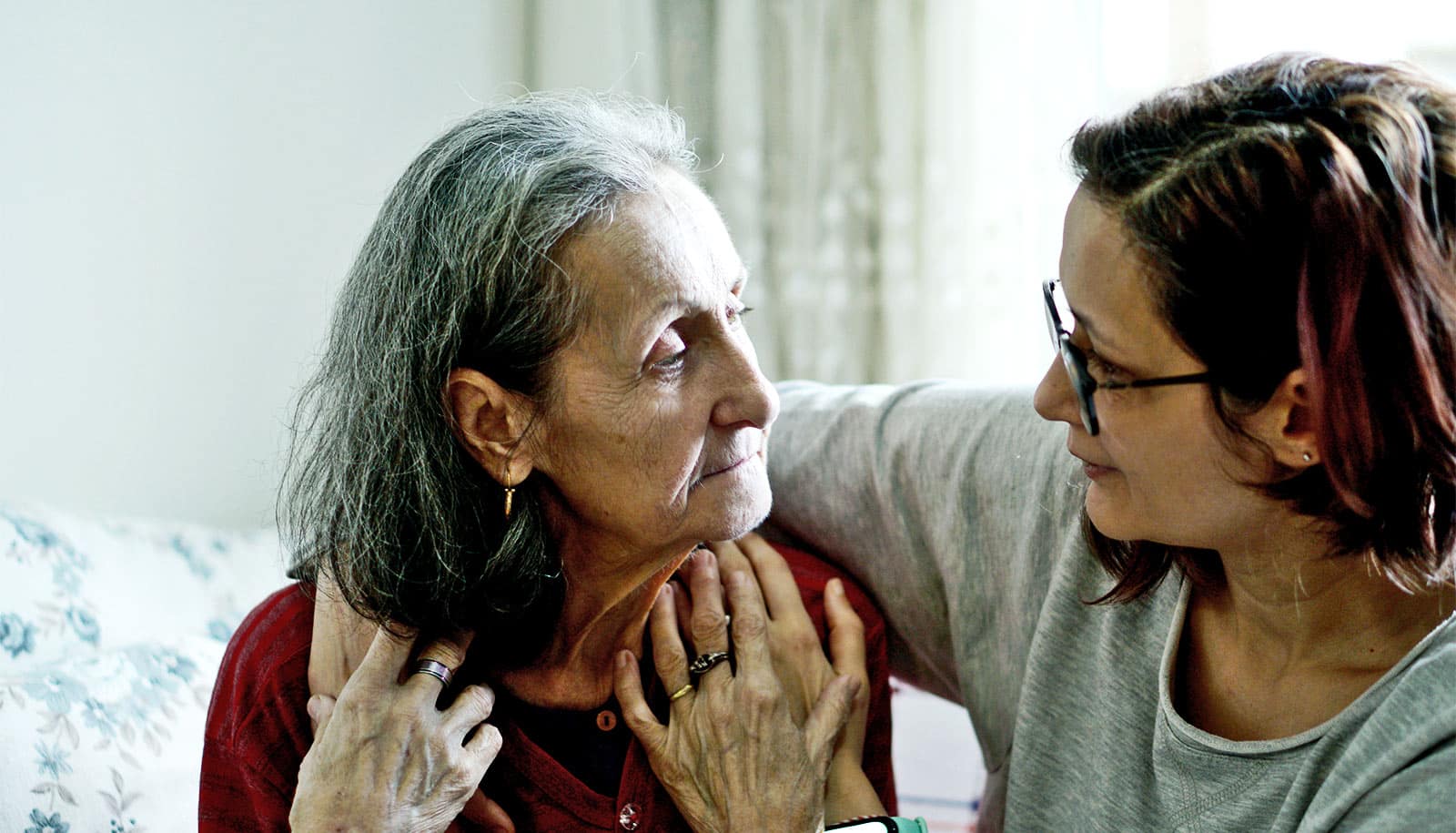Researchers have found a way to use artificial intelligence and guided ultrasonic waves for detecting faults inside switch rails.
Their model is a significant advancement from the existing ones. It has the potential to be used for practical purposes, including preventing train accidents.
A recent survey by the International Union of Railway noted how high-speed railway networks are expanding rapidly, and the length of the worldwide high-speed railway network has reached nearly 59,000 km.
With an increased demand for faster trains, switch rails (regions of tracks where trains switch from one direction to another) tend to get more easily damaged—especially in high-speed rail tracks—due to their special structures and heavy workload, increasing the risk of train accidents.
To help solve this problem, AI researchers at at Stony Brook University have found a way to use AI and guided ultrasonic waves for detecting faults inside switch rails.
“It is important to ensure the switch rails are working perfectly in a high-speed rail system, and so we wanted to look for methods that would not destroy these structures while we were looking for damage,” says Zhaozheng Yin, an associate professor in biomedical informatics and a member of Stony Brook University’s AI Innovation Institute
But traditional nondestructive testing techniques—such as eddy currents, magnetic flux leakage, and ultrasonic techniques—are all point-by-point inspection methods with low efficiency. While the first two methods can only detect surface and near surface damage, ultrasonic waves can only detect wide areas of switch rails.
“The solution was to use guided waves. These waves propagate over relatively long distances and are sensitive to defects. They also allow us to inspect large areas in a short amount of time,” Yin says.
Since railway tracks are usually only open for repairs at night, guided waves meet the requirements of fast, accurate, and reliable scanning of damaged rails.
While guided waves have been used to look for damages in pipelines, rods, cables, and long lengths of track before, the problem of finding fault in railway switches has not been solved before. This is where AI came in.
“Switch rails have complicated structures. They can also be moved to guide a train to another direction,” Yin says. “We had to find a way to distinguish between ‘normal’ and ‘damaged’ signals.”
The team applied deep learning technologies to analyze the guided ultrasonic waves. Their Convolutional Neural Network model, they found, could detect defects inside switch rails with over 91% accuracy.
“Our model outperforms other relevant methods in every aspect. What’s more, it is capable of performing well under different restricted conditions, and can be used to prevent accidents in the near future,” Yin says.
The research appears in NDT & E International.
Source: Stony Brook University



